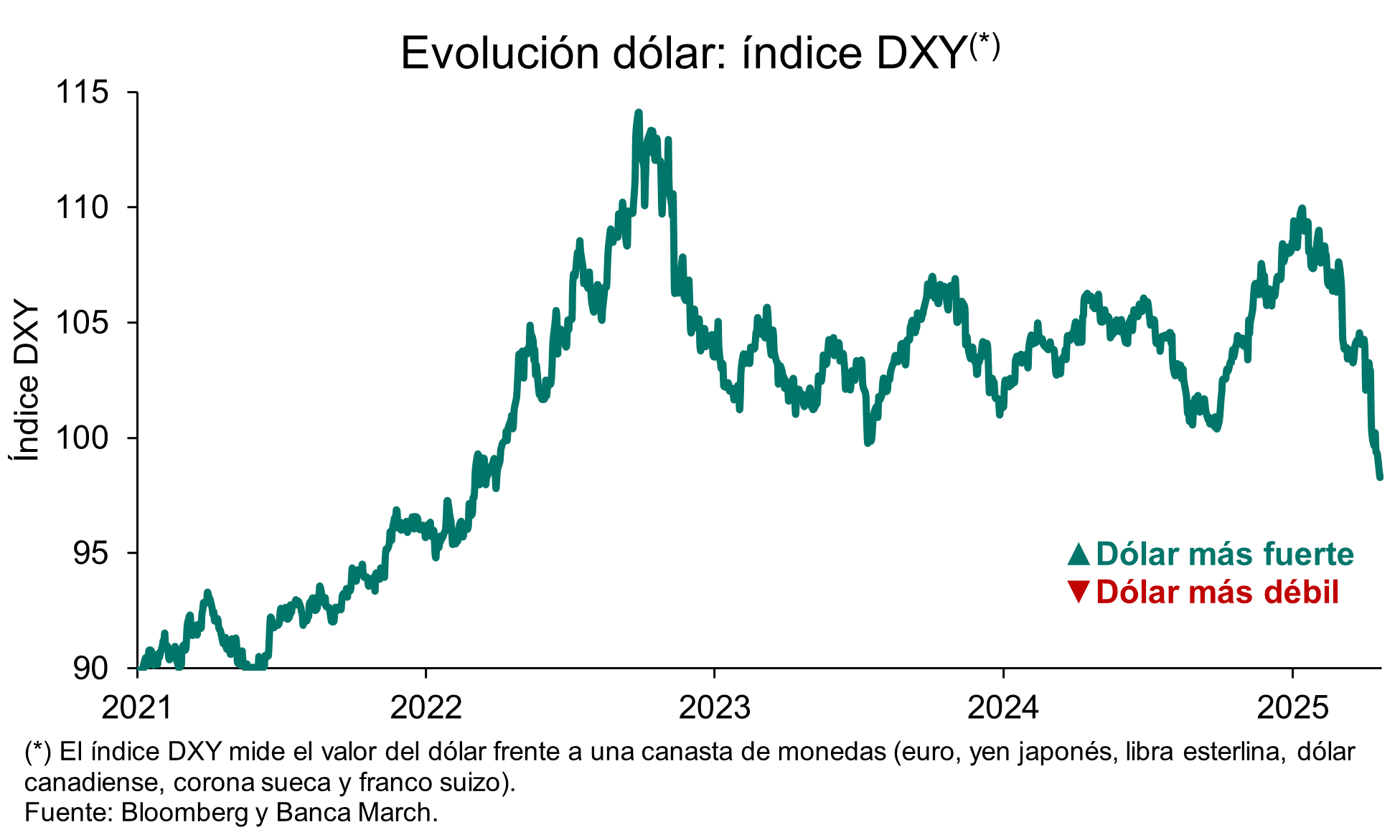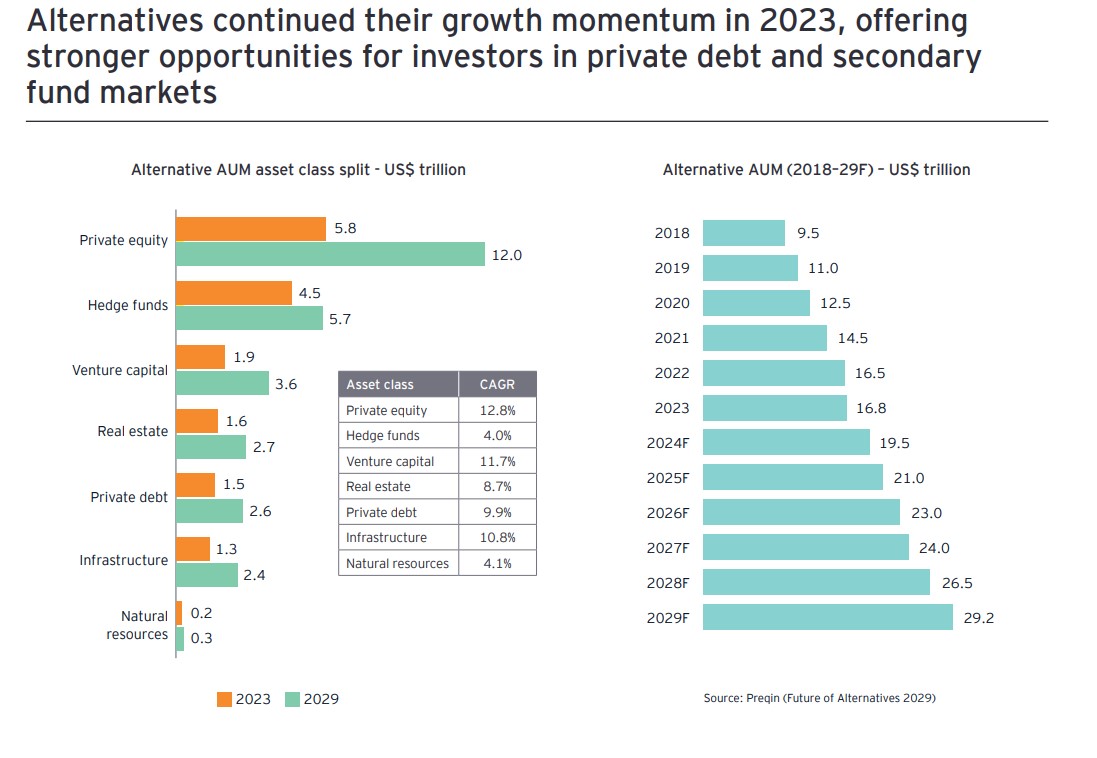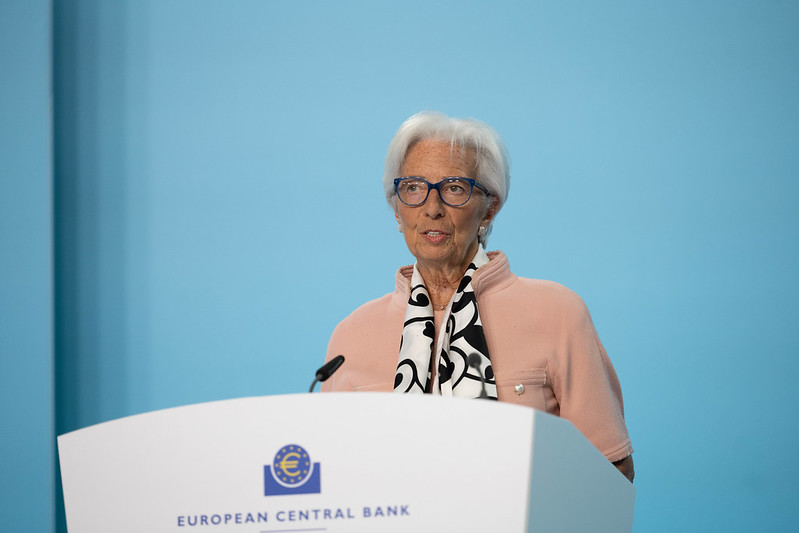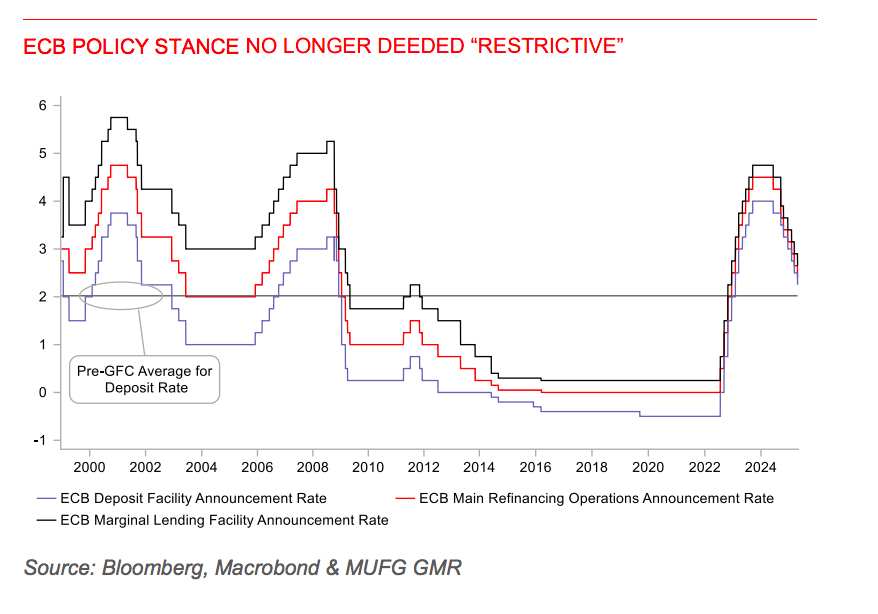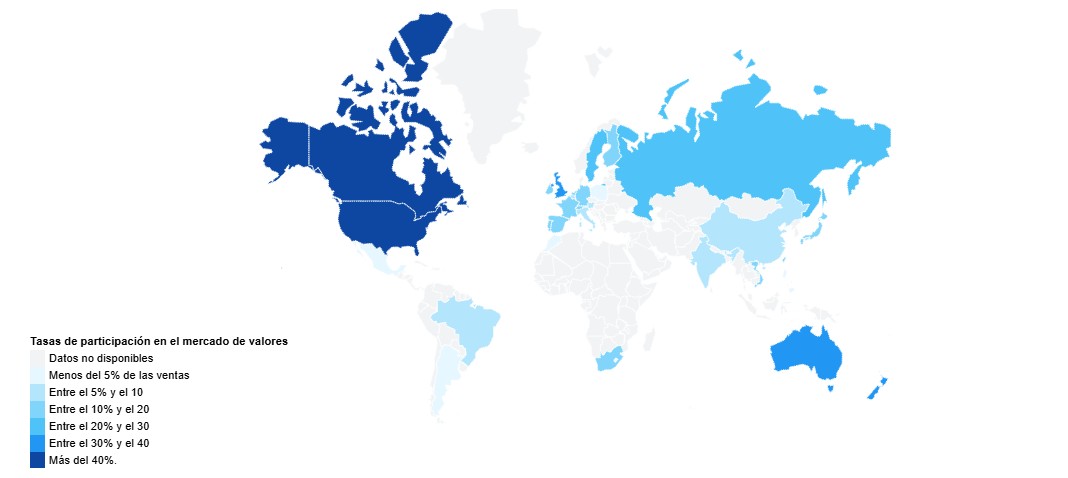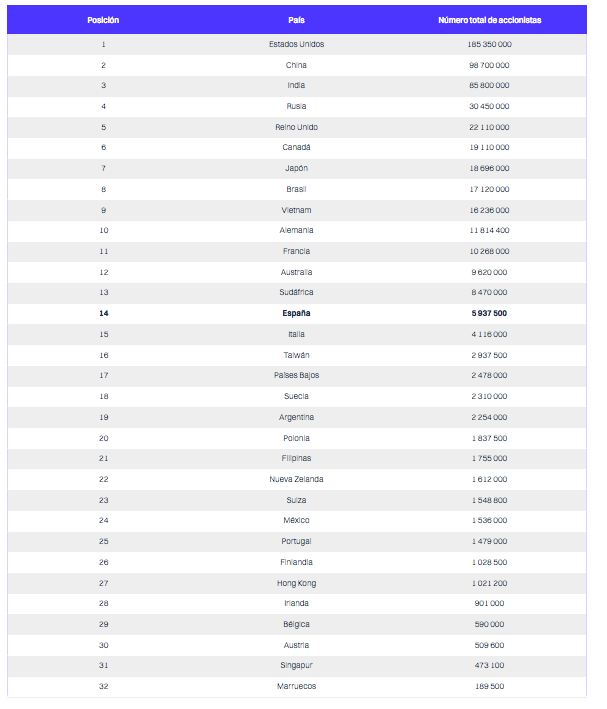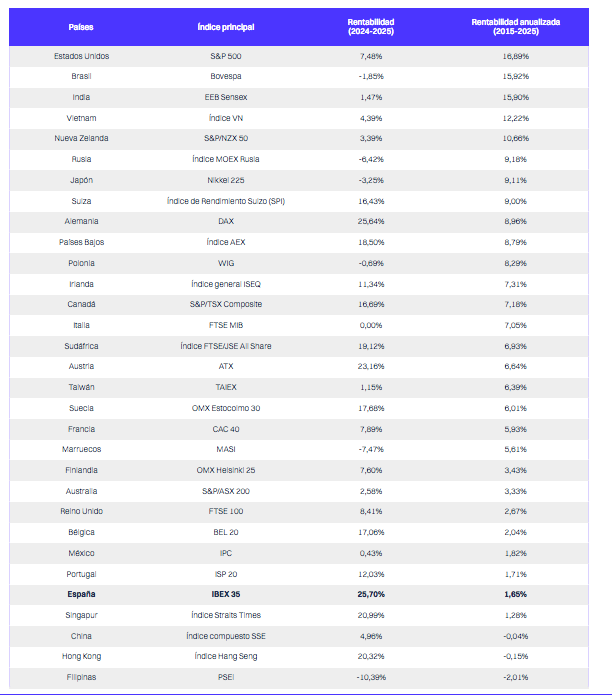Nomura Acquires Macquarie’s Listed Asset Management Business in the United States and Europe
| By Amaya Uriarte | 0 Comentarios

Nomura and Macquarie have announced an agreement whereby Nomura will acquire Macquarie’s public asset management business in the United States and Europe, with approximately $180 billion in assets from retail and institutional clients across equity, fixed income, and multi-asset strategies.
According to the terms of the agreement, Nomura will acquire 100% of the shares of three companies operating Macquarie’s public asset management business in the United States and Europe for a cash purchase price of $1.8 billion, a figure subject to closing adjustments. The transaction is expected to be completed by the end of the year and is subject to customary conditions and regulatory approvals.
Nomura has identified global asset management as a key strategic growth priority for the firm. Through this transaction, Nomura will significantly expand the global capabilities and client presence of its Investment Management Division, which currently manages approximately $590 billion in client assets.
Once completed, the total assets under management by Nomura’s Investment Management Division are expected to rise to approximately $770 billion, of which more than 35% will be managed on behalf of clients outside Japan. This acquisition will also provide Nomura with a scalable hub, based in Philadelphia, to continue growing its international Investment Management business.
This high-margin business will bring well-established distribution networks across both the retail and institutional segments. The business has a presence on nine of the ten largest U.S. retail distribution platforms, as well as strong institutional relationships, including in the U.S. insurance sector, a growing market for asset managers globally. With its origins in Delaware Investments, founded in 1929 and acquired by Macquarie in 2010, the business has a long history of serving clients through active management strategies.
As part of the transaction, Nomura and Macquarie have agreed to collaborate on product and distribution opportunities, including appointing Nomura as the U.S. wealth distribution partner for Macquarie Asset Management and providing continued access to U.S. wealth clients to Macquarie Asset Management’s alternative investment capabilities. Additionally, Nomura has committed to providing seed capital for a series of Macquarie Asset Management alternative funds tailored to U.S. clients.
Currently, the business is managed by a highly experienced team led by Shawn Lytle, President of Macquarie Funds and Head of the Americas for Macquarie Group. Shawn, along with John Pickard, CIO Equities & Multi-Asset, Greg Gizzi, CIO Fixed Income, and Milissa Hutchinson, Head of U.S. Wealth, will continue managing the business after the acquisition.
In collaboration with this leadership team, Nomura plans to carry out several initiatives to support organic growth, increase the scale of assets under management, and diversify the business’s range of capabilities following the acquisition. These initiatives, which will build on the business’s strengths and aim to position the platform to continue delivering strong long-term investment performance, include:
The development of new investment capabilities designed to meet client needs.
Expansion of the active ETF platform launched by the firm in mid-2023.
Investment in talent and data analytics to grow the distribution platform.
Leveraging existing distribution channels to offer retail and institutional clients access to Nomura’s broader asset management capabilities.
“This acquisition aligns with our global diversification and growth ambitions for 2030, with a focus on investing in stable, high-margin businesses,” said Kentaro Okuda, President and CEO of Nomura Group. Okuda added that the transaction “will be transformative for our Investment Management Division’s presence outside Japan, adding significant scale in the United States, strengthening our platform, and creating opportunities to build out our public and private capabilities. We are excited about the prospect of welcoming more than 700 employees who will be joining Nomura Group.”
For his part, Chris Willcox, President of Nomura’s Investment Management Division, added that this transaction “will accelerate the expansion of our global Investment Management business and marks an important step in building a truly global franchise with a full range of solutions to serve investors around the world.”
Macquarie’s Public Asset Management Business in the United States and Europe
Macquarie established its public asset management business in the United States and Europe through the acquisition of Delaware Investments in 2010, a U.S. mutual fund business established in 1929.
The public asset management business has grown organically and through select acquisitions, including the purchase of Waddell & Reed in 2021, adding to its capabilities in active management of long-term open-end mutual funds in the United States and expanding its U.S. client base.
In 2023, the business launched active ETFs and currently manages more than a dozen ETF strategies in the U.S. With more than 700 employees based in Philadelphia, the business has a strong U.S. intermediary and institutional client franchise.



